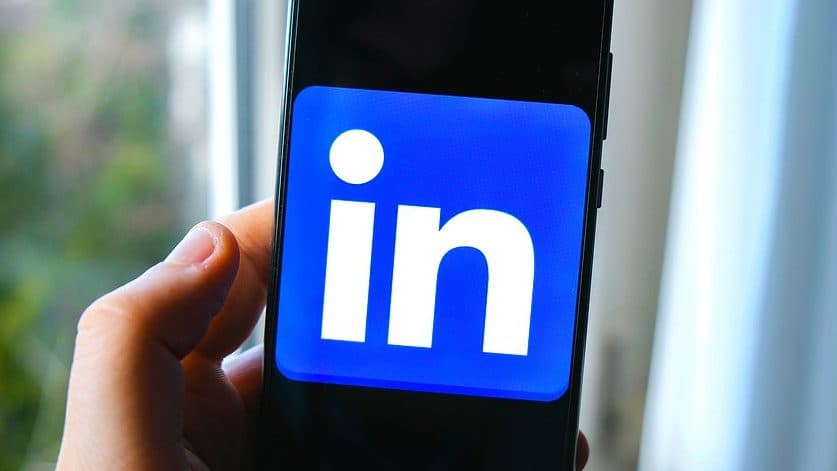“The biggest red flag on LinkedIn is the ‘open to work’ symbol.” Ever since former Google recruiter Nolan Church, now the CEO of talent marketplace Continuum, made that statement recently, it’s been splashed all over the internet, frightening job hunters.
“Recruiting is like dating,” Church says, making an analogy. “You have to make the other side feel like you’re exclusive. You want to feel like that person really wants to work at your company versus any findings
Putting aside that such logic discounts that single people often join dating apps and leave their ring finger bare, thus signaling they are “open to dating,” the larger question is: Do recruiters generally agree with Church’s sentiment?
Recruiters Do Not Agree, Except for Those That Do
Hung Lee, curator at Recruiting Brainfood, recently asked recruiters on LinkedIn whether the “open to work” banner is a good or bad thing. Nearly 3,000 people weighed in at the time of writing this: 70% or respondents think it is good, 7% say it’s bad, 18% feel neutral, while the remaining 4% have all sorts of separate opinions.
While a LinkedIn survey is not scientific, it does indicate that perhaps Church’s stance is not as popular as some might believe.
Based on Church’s logic, says Rajat Maini, a freelance recruiter, “Candidates should stop posting their resumes on job boards because everyone on job boards is too desperate to get a job.”
However, ironically, Maini may be onto something. According to the IZA Institute of Labor Economics, “Around 30% of employers prefer to hire the already employed over the unemployed because they believe that unemployed workers have lower abilities due to negative selection or skill depreciation during unemployment.” (And of course, the unemployed are more likely to have an “open to work” indication on their LinkedIn profile.)
Yet the same study concluded, “Firms with such preferences are more likely to report hiring obstacles.”
In other words, while some recruiters are turned off by the “open to work” status, they struggle to hire. Perhaps Church did not face this struggle much since he worked at Google, a company where people desperately wanted to work. Meanwhile, people at less prestigious companies can’t rely on reaching out to actively employed people and asking them to switch jobs.
On the other hand, Alicia Rau, a talent acquisition manager at Rosecrance Health Network, says, “I love seeing ‘Open to Work’ when I’m sourcing.” Rau searches for healthcare candidates in Wisconsin, where it’s a constant struggle to find qualified employees. So while Church may have avoided people who are open to work, clearly not everyone else does.
What Does LinkedIn Say?
Rohan Rajiv, director of product management at LinkedIn, wrote in 2020: “Our data shows that turning on Open to Work on your LinkedIn profile increases your likelihood of getting a recruiter message by 2X. That means twice as many job opportunities.”
Additionally, James Hudson, former head of talent acquisition at Nike, referred to Rajiv’s data in a recent LinkedIn post where he said, rather emphatically:
“No, the ‘open to work’ feature is not hampering your job search. Of all the dangerous nonsense being shared by ‘influencers’ on this platform, I think this is the most harmful. Let me say this categorically — anyone telling you not to use the ‘open to work’ feature is either: a) someone that doesn’t know what they’re talking about [or] b) someone trying to sell you something.”
When “Open to Work” Risks Damaging a Candidate’s Chances
Aline Lerner and Maxim Massenkoff of Interviewing.io recently revealed findings showing that for people working in tech, timing is everything. Lerner and Massenkoff found that “being Open To Work was a negative signal for those who had it up in 2021, a boom time for tech hiring…On average, about 51% of candidates pass their interviews. In contrast, those with #OpenToWork badges in 2021 were fully 7 percentage points below that, at 44%.”
However, the results are different in 2023. They write:
“Engineers who are currently Open To Work are actually positively selected relative to everyone else. Using the LinkedIn Open To Work feature is a good sign in these rough times: 56% of engineers tagged as Open To Work passed their interviews, 5 percentage points more than average. The difference in these effects is highly statistically significant. And we get the same results when we leave out anyone who has worked at a FAANG company [Meta (formerly Facebook), Apple, Amazon, Netflix, and Alphabet] — in case the recent engineering layoffs simply flooded the market with engineers from those top-tier companies.”
In other words, it’s really not about the candidate; it’s about the market.
All of which is to say that publicly, many recruiters seem to support the “Open to Work” tag, but privately, some may not be so open to “Open to Work.”
